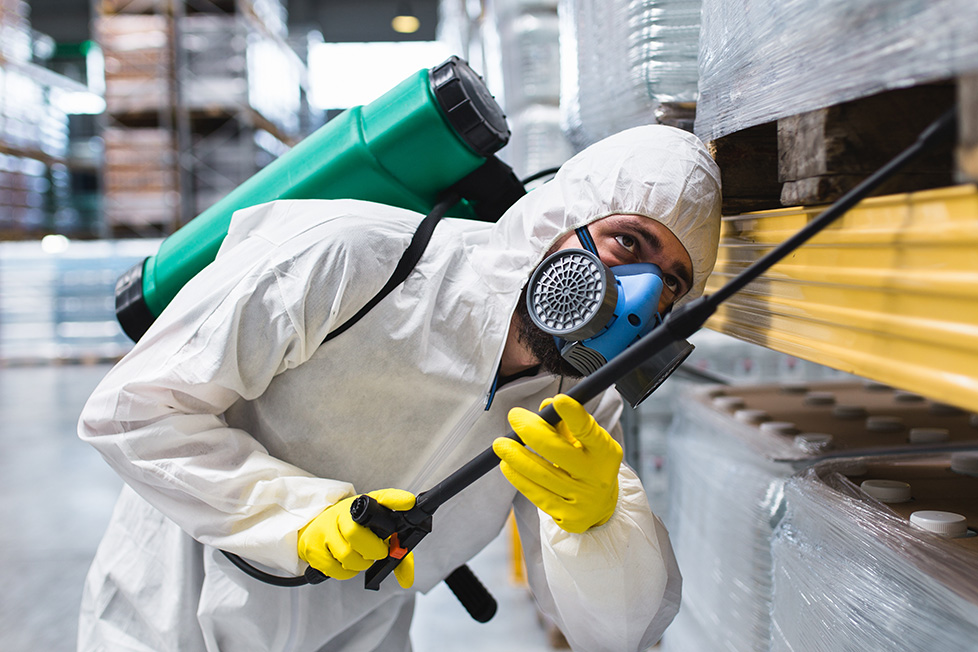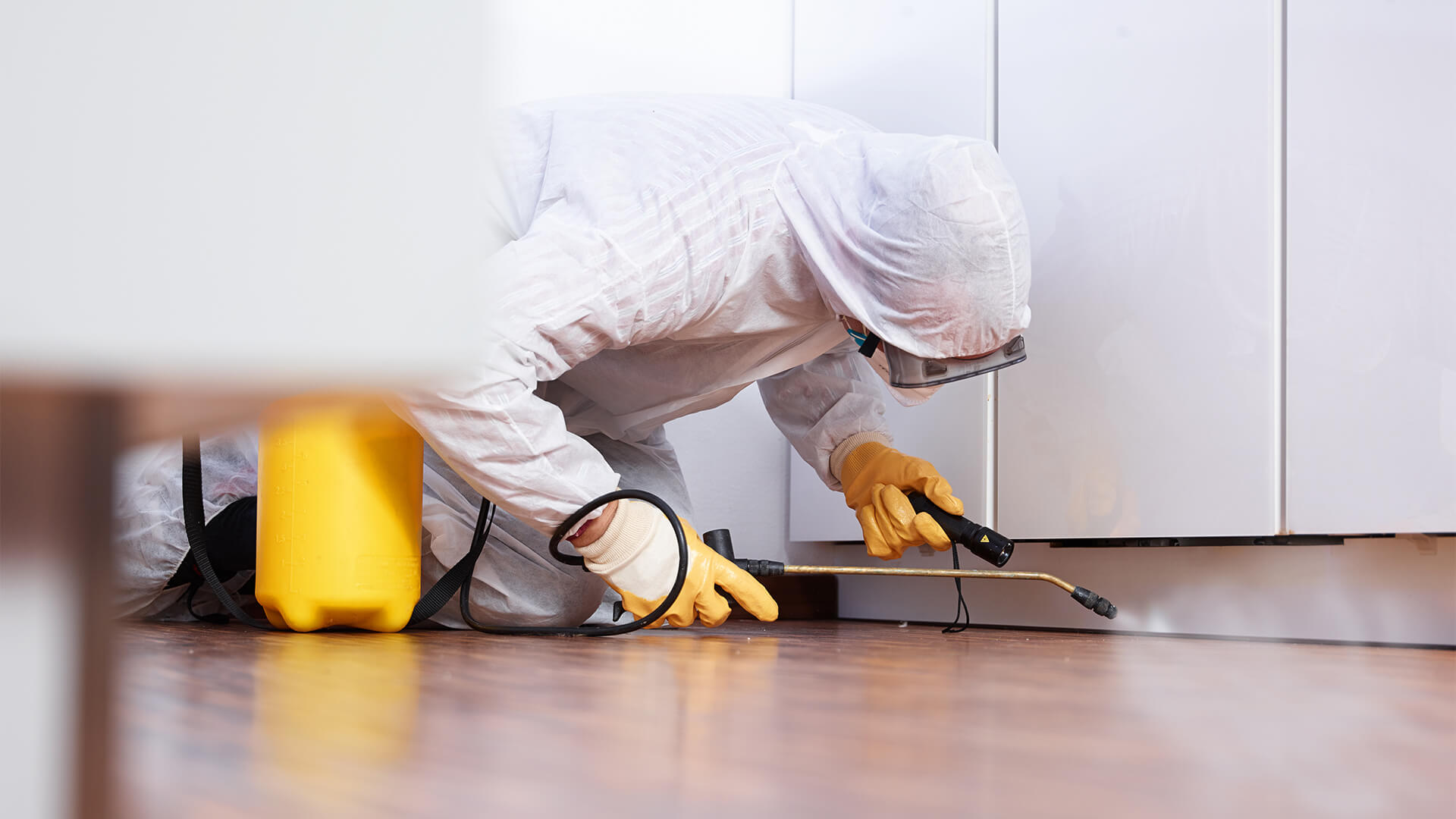Eliminate pests with professional Pest Control extermination today.
Eco-Friendly Insect Control Approaches for Handling Wildlife in Urban Areas
Urban locations frequently locate themselves at the junction of human activity and wild animals, resulting in one-of-a-kind challenges in insect administration. Green techniques emphasize lasting conjunction, utilizing strategies such as habitat modification and natural repellents to alleviate human-wildlife problems. These approaches not just protect the atmosphere yet also enhance community engagement in wildlife management. As city populations continue to grow, comprehending the dynamics of wildlife interactions comes to be increasingly vital. What cutting-edge approaches can be applied to make certain both eco-friendly equilibrium and urban safety? Exploring this question discloses an engaging landscape of prospective options.
Comprehending Urban Wildlife Characteristics
Comprehending Urban Wild animals Characteristics is crucial for establishing effective and environmentally friendly pest control approaches. Urban areas are progressively coming to be habitats for various wildlife varieties, driven by elements such as habitat fragmentation, food schedule, and human infringement. Acknowledging these characteristics permits for a nuanced strategy to pest monitoring that aligns with eco-friendly principles.
Urban wild animals usually consists of types such as raccoons, squirrels, and birds, which adjust to city environments, discovering niches in eco-friendly spaces, parks, and even residential areas. Their visibility can result in problems with humans, specifically when they make use of personnels for food and shelter. Comprehending the actions and ecological duties of these types educates strategies that reduce adverse interactions while promoting biodiversity.
Additionally, recognizing the interdependencies within urban environments assists in identifying crucial areas for environment preservation and repair. This knowledge adds to the advancement of integrated bug management (IPM) techniques that think about the environmental balance, consequently minimizing reliance on harmful chemicals. By fostering coexistence between people and metropolitan wild animals, cities can create much healthier settings that benefit both citizens and neighborhood ecological communities, paving the way for lasting city living.
All-natural Repellents and Deterrents
All-natural repellents and deterrents supply a lasting choice to standard bug control techniques by using the power of nature to maintain undesirable species away. These green options usually make use of plant-based active ingredients, important oils, and other normally happening substances that deter pests without damaging the setting.
One effective natural repellent is peppermint oil, which is known to fend off rodents and pests. Its solid fragrance is unpleasant to many parasites, making it a preferred selection for metropolitan setups. Vinegar and citrus peels can serve as deterrents, as their solid odors are generally uninviting to various wild animals.
Furthermore, diatomaceous earth is an all-natural powder that can be spread in locations susceptible to pest task, successfully dehydrating and deterring bugs without presenting risks to non-target species. In addition, garlic sprays and neem oil are acknowledged for their ability to drive away a vast array of bugs, consisting of both bugs and bigger wildlife.
Executing these all-natural repellents not just decreases dependence on chemical pesticides but likewise advertises a healthier metropolitan ecosystem, cultivating a much more well balanced coexistence between people and wild animals. By utilizing these methods, city areas can efficiently manage parasite populations while minimizing environmental effect.
Environment Modification Strategies
Reliable see page habitat modification methods play a crucial role in sustainable pest management by altering the atmosphere to make it less for pest invasions. By recognizing the ecological dynamics of metropolitan locations, homeowner can apply strategic modifications that deter insects while promoting biodiversity.
(Ant control Port Charlotte)One primary strategy involves keeping correct sanitation. This includes routine waste elimination, securing garbage can, and removing standing water to reduce breeding sites for insects and rats. Additionally, landscaping methods such as choosing indigenous plants can enhance ecological balance, supplying environments for beneficial organisms while reducing sources for bugs.
One more crucial technique is to secure access points in buildings. Evaluating and repairing cracks in foundations, wall surfaces, and windows can considerably decrease insect access. Developing physical obstacles, such as fencings or plant barriers, can inhibit wild animals motion into human-inhabited locations.
Integrated Bug Administration Practices
Structure upon habitat modification strategies, integrated pest administration (IPM) practices use an alternative method to controlling bug populations while decreasing environmental influence. IPM incorporates different strategies, consisting of organic, cultural, mechanical, and chemical controls, to attain efficient pest management.
Organic control involves the intro of all-natural predators or parasites to reduce bug populations. Cultural techniques, such as crop turning and cleanliness, disrupt pest life process and diminish their habitats - Pest control service. Mechanical controls, like traps and obstacles, offer instant remedy for insect stress without chemical intervention
Chemical controls are used as a last resource, focusing on targeted applications that restrict harm to non-target species and the atmosphere. The option of environmentally pleasant chemicals, when required, is essential to the IPM structure. In addition, keeping an eye on parasite populations and evaluating potential damage assists educate decision-making, ensuring that interventions are prompt and reliable.
Area Participation and Education

(Mosquito Misting Systems)Workshops and informational sessions can gear up locals with expertise concerning native types, habitat preservation, and reliable non-toxic insect monitoring strategies. Collaboration with schools, regional companies, and federal government companies better boosts educational outreach, guaranteeing that crucial details reaches diverse target markets.
Furthermore, community-led campaigns, such as neighborhood clean-up days and habitat reconstruction tasks, not just advertise biodiversity however additionally strengthen community ties. Pest Control. By encouraging locals to share their experiences and observations, neighborhoods can establish targeted methods that deal with particular regional insect problems
Incorporating feedback from homeowners into parasite monitoring intends makes it possible for a much more responsive and adaptive technique to wild animals difficulties. Eventually, notified and engaged communities are vital to attaining lasting success in environmentally friendly insect control, resulting in healthier city atmospheres that appreciate both human and ecological needs.

Final Thought
In conclusion, eco-friendly bug control comes close to offer lasting services for taking care of urban wildlife. By focusing on habitat alteration, using natural repellents, and executing incorporated insect monitoring practices, areas can foster an unified conjunction with local animals. Moreover, involving locals via education improves recognition and encourages liable wild animals communications. Inevitably, these techniques not just shield biodiversity but additionally advertise ecological health, making sure city areas remain lively ecosystems where people and wild animals thrive together.